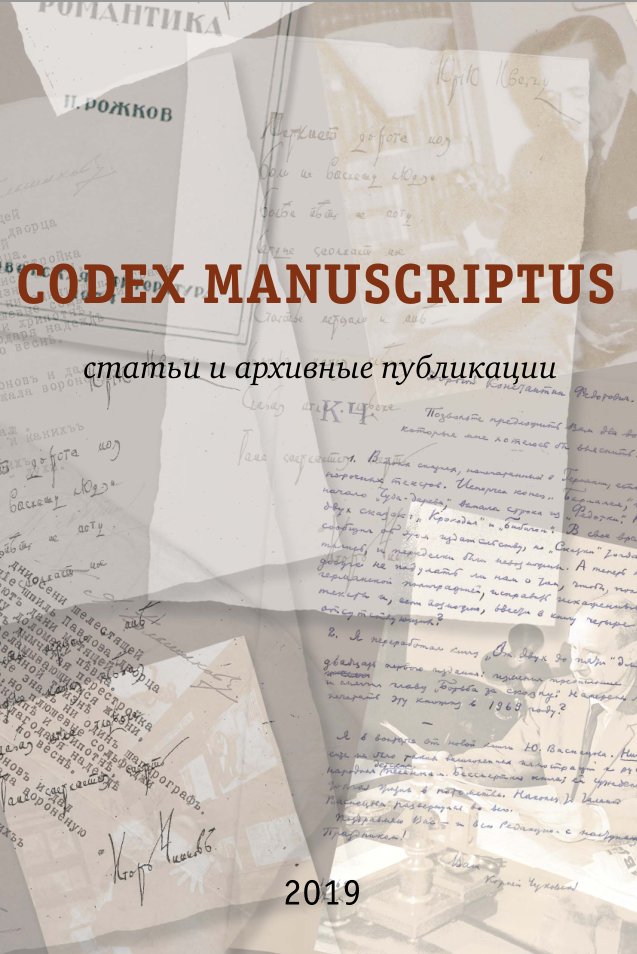Abstract:
The article deals with the types of pseudo-magical plots that appeared in the literature of the 1910s–1920s. Author gives the definition of magical prose in the context of mystical and fantastic literature, and shows the role of fantasy as a technique in the development of magical plots. An appeal to the mystical and philosophical context allows us to determine the origins of the formation of magical prose in the 1920s. During this period, interest in magic not only does not fade away, but also takes on new forms, including parodic and ironic ones. Writers create a pseudo-magical reality in their works due to oneiric motifs (including those caused by narcotic substances), plots about conjurers or artists, motifs of madness or illness. Satirical pathos marks works about spiritualism and exposure of mediums. The historical and mystical background of the appearance of such texts is considered, in particular, the change in attitude towards spiritualistic sessions. Pseudo-magical plots are analyzed on the example of texts by M.A. Bulgakov, N.V. Vavulin, A.S. Grin, N.S. Gumilev, S.S. Zaiaitskii, G.V. Ivanov, A.A. Izmailov, L.M. Leonov, M.K. Pervukhin and others. The tools of reducing the magical narrative are the author’s irony, grotesque or dual motivation of the plot, as well as the description of non-traditional images of demonic heroes. A realistic interpretation of the traditional story about a “reviving” doll is shown on the example of B.M. Yulsky “Bearded Jack”.






